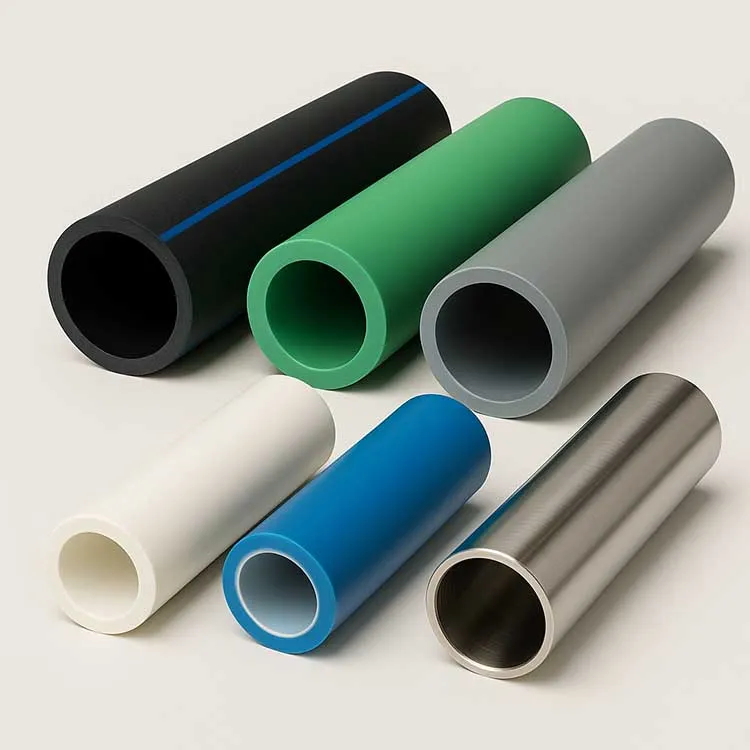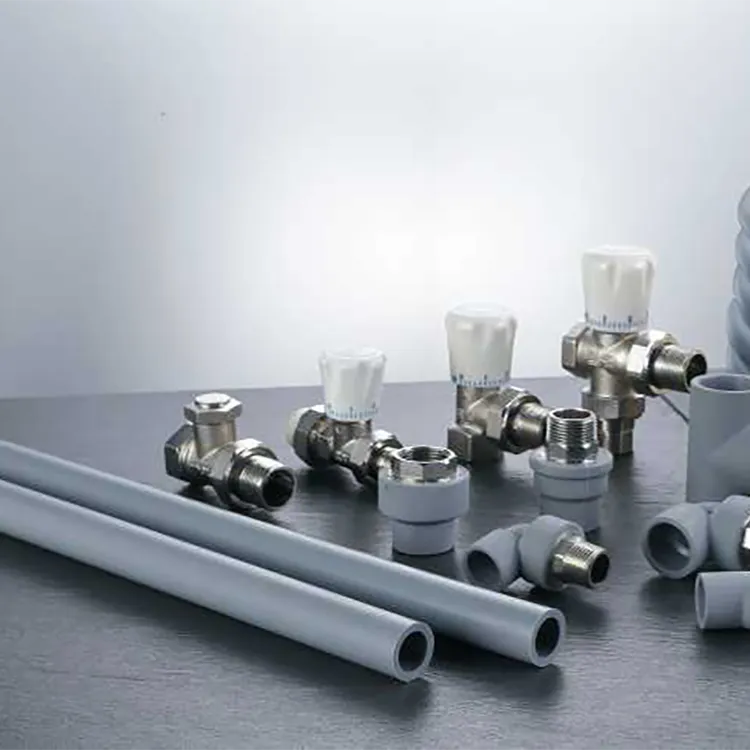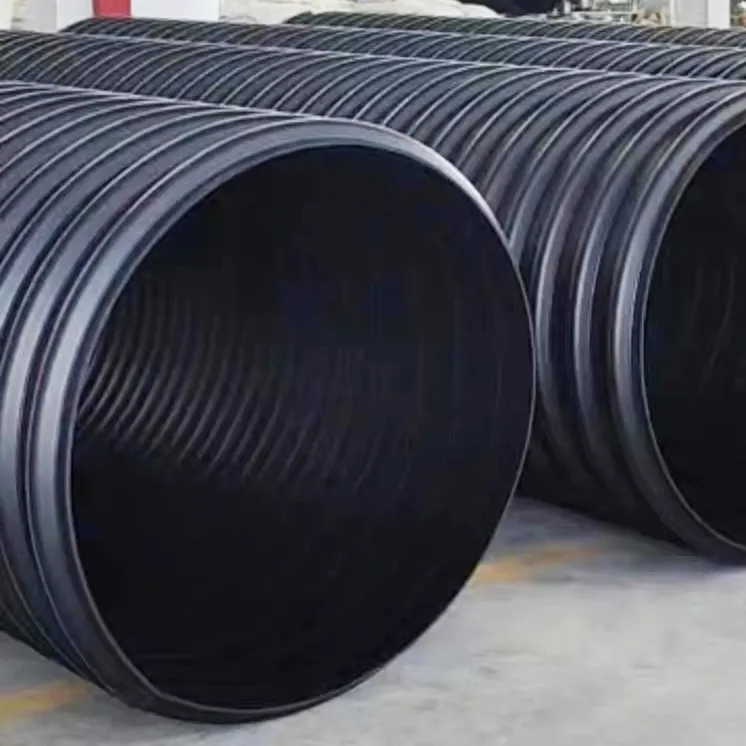
When an electrician or engineer designs wiring at home, he or she first decides which type of wiring to use. Choosing the right type of wiring can make any difficult task easier. Selecting the correct electrical conduit pipes is critical in wiring work. First, we need to know what are electrical conduit pipes and their types and prices.
What is an electrical conduit pipe?
Conduit pipes are made of plastic or metal in which wires run smoothly. This is called an electrical conduit pipe. From the outside, we always find electrical conduit pipes in the open environment where cables are protected. Electrical conduit pipes are used in unfinished places such as attics, crawl spaces, basements and external installations.
At first glance, the electrical conduit pipe looks like an armored cable. Like this electrical conduit pipe, insulated and missing individual wires are wrapped in armored cables. This cable is used in the AC system. This is for open areas.

What are the types of electrical conduit pipes?
Conduit pipe systems are generally classified according to the materials used to manufacture mechanical inertia, piping, and wall thickness. After considering factors, select materials for corrosion resistance and automatic protection.
In unsafe areas where prior approval is required, it is necessary to clearly follow some special guidelines for cabling equipment. The following are the electrical conduit pipes types and prices for residential and commercial lighting.
#1 Electrical metal tube (EMT)
Electrical metal tubing (EMT) is a common example of non-bending conduit. It is usually made of galvanized steel. Or it can be made of aluminum. This tube is often described as a thin-walled tube. Because it is thinner and lighter than RMC. It can also be rigid, but can be bent easily using a tool called a pipe bender.
The EMT is fitted with fittings and couplings completely protected by compression type fasteners or set screws. The tubing itself is not threaded like IMC or RMC. It includes standard sizes from 1 to 1.5 inches and can be used for EMT. Exposed indoor wiring is a common place for EMT. Because it often operates in light commercial or residential buildings. This is why it is equally important to assemble it with special waterproof fittings.
EMT price list for reference
20 pipe, 1.0mm thick, 3m/piece, USD0.72,
25 pipe, 1.0mm thick, 3m/piece, USD 1.04
32 pipe, 1.0mm thick, 3m/piece, USD 1.36
#2 Rigid metal conduit (RMC) pipe
RMC stands for hard metal conduit heavy duty galvanized steel. Use threaded fittings for installation. Usually used outdoors to provide damage and protection. It is also important to provide structural support, especially for electrical panels, cables, and other equipment. RMC is sold in lengths of 10 to 20 feet only. And it must have threads at both ends.
This conduit is considered one of the most expensive wire substitutes on the market. However, it does provide additional power and durability, which is a huge advantage.
RMC price list for reference
The specifications of electrical metal tubes (EMT) are Φ 20、 Φ 25、 Φ 32、 Φ 40、 Φ 50; The following are part prices of each specification:
20 pipes, wall thickness 1.0mm, 3m/piece, USD 0.79
20 pipes, wall thickness 1.2mm, 3m/piece, USD 1.07
25 pipes, wall thickness 1.0mm, 3m/piece, USD 1.07
25 pipes, wall thickness 1.2mm, 3m/piece, USD 1.42
32 pipes, wall thickness 1.0mm, 3m/piece, USD 1.46
32 pipes, wall thickness 1.5mm, 3m/piece, USD 2.81
#3 Intermediate metal conduit (IMC) pipe
From its name, the wall of this catheter is thinner than RMC and thicker than EMT. Similarly, the weight of the conduit is between RMC and EMT. The metal conductor can be threaded, but it can also be unthreaded, and can be used with a clamp joint. IMC is usually made of steel and can also be coated.
#4 Flexible metal conduit (FMC) pipe
The pipeline is also called "green space". This is taken from the name of the inventor. It has a spiral structure, which makes it very flexible. The flexibility of FMC allows it to be accepted through walls and even other structures. Standard FMC is usually used in dry indoor places and is usually only used for a short period of time.
For many areas requiring short distance and sharp turns, FMC is always a good choice, which makes it difficult to transfer conventional pipelines in the future. Lights, attic vents, and water heaters are common examples of basic flexible conduit installations.
#5 Liquid tight flexible metal conduit (LFMC) pipe
LFMC or liquid tight flexible metal conduit is a special type of flexible metal conduit. Plastic coating is included for the required sealing accessories. The parts that make up the whole LFMC are combined with water. The metal wire conduit is used for equipment equipped with AC outdoor unit.
#6 Electrical non-metallic conduit - (ENT) pipe
ENT is a flexible thin wall corrugated conduit. It can bend even without the help of special equipment. But don't turn around. This is easier to install than RNC because it can rotate around the barrier without cutting or welding. Use special ear nose throat connectors – these are usually snap in connections, not waterproof.
#7 PVC electrical conduit pipe
PVC conduit pipe is similar to plastic conduit pipe. It is installed with plastic fittings. Conduit components can be waterproof because conduit tubing and fittings are glued together. Many uses of PVC make it suitable for direct burial in the ground. It can also be used in high temperature and rusty environment. PVC-U electrical casing and Tele-pipe have good insulation and strong mechanical properties, and are very suitable as electrical casing.
PVC electrical conduit pipe price for reference
Specification | Wall thickness/mm | USD/M |
Φ16 | 1.0 | 0.11 |
1.2 | 0.14 | |
1.4 | 0.16 | |
1.5 | 0.16 | |
2.0 | 0.22 | |
Φ20 | 1.0 | 0.16 |
1.2 | 0.18 | |
1.4 | 0.2 | |
1.5 | 0.22 | |
2.0 | 0.29 | |
Φ25 | 1.0 | 0.22 |
1.2 | 0.24 | |
1.4 | 0.27 | |
1.5 | 0.29 | |
2.0 | 0.35 | |
Φ32 | 1.2 | 0.27 |
1.3 | 0.31 | |
1.5 | 0.38 | |
1.6 | 0.42 | |
2.0 | 0.46 | |
Φ40 | 1.3 | 0.46 |
1.7 | 0.55 | |
Φ50 | 1.5 | 0.66 |
#8 Modified polypropylene (MPP) electrical conduit pipe
Modified polypropylene (MPP) electrical conduit pipe can be achieved laying of pipelines without excavation, cables and other construction. Compared with the traditional "buried pipe method", Trenchless technology Electrical Conduit Pipe’s engineering is more environmentally friendly and can be implemented when it is impossible to implement.
MPP electrical conduit pipe price for reference
OD/mm | Wall Thickness/mm | USD/M |
110 | 5 | 2.45 |
10 | 4.56 | |
160 | 8 | 5.56 |
14 | 9.24 | |
200 | 12 | 10.22 |
18 | 14.78 | |
250 | 14 | 14.95 |
22 | 22.56 |
The above is our summary of electrical conduit pipes, including their types and prices. We hope this article will be helpful to customers who need to purchase electrical conduit pipes. Focus on us, and we will continue to update more articles about pipelines.




981.webp)

 (1)379.webp)

294.webp)
476.webp)
420.webp)
146.webp)
460.webp)
287.webp)
274.webp)
688.webp)


